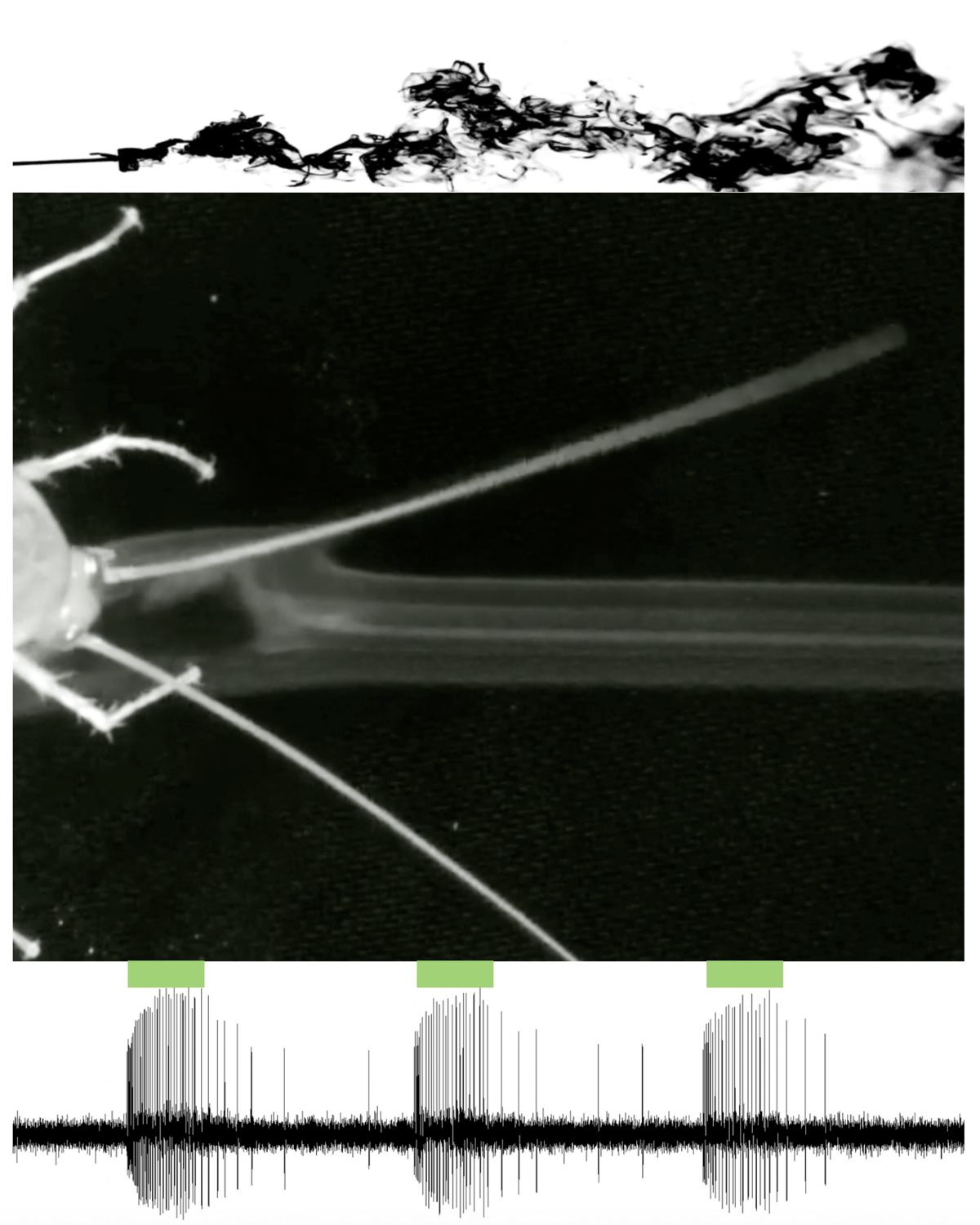Active perception - the role of motion in insect olfaction
Time
Monday, 24. June 2019
11:45 - 12:45
Location
M627
Organizer
CASCB
Speaker:
Einat Couzin-Fuchs
This event is part of an event series „Summer Seminar Series“.
View the recording of Einat's talk here
Einat Couzin-Fuchs will present at the CASCB regular Monday seminar on "Active perception - the role of motion in insect olfaction."
Renowned for their speed, agility and evolutionary success, cockroaches serve as a leading model organism to study neural mechanism of both sensing and behavior. My talk will focus on the relation between sensory perception and motion—the role of proprioception (sensory information about self-movement and body position) in regulating locomotion, and the role of motion in assisting olfaction. Starting with the former, I will describe our experimental and theoretical work that supports the hypothesis that animals dynamically switch between stereotypic and reflexive behavioral strategies for motion coordination, depending on locomotion speed and environmental complexity. Which are the environmental features and what are the time scales via which sensory information affects behavior? How does behavior assist sensory perception? I will show that there is an intimate feedback between motion and sensing and that, in the context of olfaction (which has traditionally been considered a static sense), movement—sniffing, antennal movements, flight manoeuvres etc.—can dramatically enhance odor perception. Using an integrative approach in which behavioral experiments are combined with electrophysiology we study the neural mechanisms underlying odor-guided movement decisions. Specifically, we characterize antennal scanning patterns in different olfactory environments and test to what degree movement decisions are linked to time-varying fluctuations in odor cues. We provide evidence that distinct patterns of wide antennal sweeping and high-frequency flicking play different roles in odor localization and neural signal enhancement respectively. Our results highlight the importance of considering natural behaviour in understanding sensing, give insight into fundamental aspects of sensory-motor transformation, and set the scene for future studies of collective sensing in insects.

